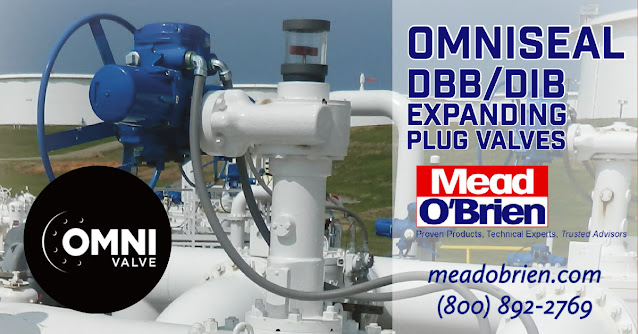Note: The following post discusses energy consumption and benchmarking in general. As you'll see, the most significant component of plant energy consumption is typically process heating/steam consumption. Mead O'Brien, along with products and technologies from Armstrong International, Shannon Global Energy Solutions and Everactive, has the people, equipment, and experience to assist you in developing a strategy to significantly improve your plant steam and hot water systems conservation efforts. Contact Mead O'Brien for more information.
While each manufacturing facility and production process is unique, every industry uses similar equipment. Most facilities' major energy consumers concentrate energy use on a few basic systems: lighting, process heating, steam generation, compressed air, pumping, and fans. Making a list of Significant Energy Users (SEUs) can assist in focusing efforts on projects that will result in the most significant savings.
To create a list of SEUs, group equipment by location, type, or process, and record information such as estimated operating hours, rated power, and loading. The diagram below depicts the various systems and equipment that consume energy in a typical plant and the differences in potential energy savings between facility systems.
The 80/20 rule applies here. Eighty percent of energy consumption is accounted for by 20 percent of the equipment or processes. Only a few energy systems typically consume most of the energy at a site. Consider concentrating your efforts on these systems.
Comparing facilities, processes, or equipment over time is the baseline. Benchmarking: Comparing the energy performance of facilities, techniques, or equipment over time to similar internal or external facilities.
Benchmarking the performance of your SEUs is a great place to start on your energy-saving journey. If you work in a multi-facility organization, you can use benchmarking to compare facilities and combine the results to identify best practices. Even if you only have one facility, benchmarking against similar equipment within your facility allows you to identify areas for improvement and best practices of your own.
Benchmarking can include practices such as understanding, comparing, and optimizing maintenance measures and equipment energy use (such as boiler blowdown or compressed air leaks).
Benchmarking your energy data allows manufacturers to compare their equipment, process, or facility to others and identify potential energy savings opportunities. Benchmarking understands how you currently operate (for example, how much energy your plant or a single SEU uses) and compares that to similar operations.
Benchmarking internally (comparing similar steam boilers in the same facility), company-wide (comparing air compressors in different facilities), industry-wide (information from surveys, trade groups, etc.), or all three. Benchmarking can be intimidating for many small manufacturers because, unlike your larger industry peers, you don't have a large pool of plants, manufacturing lines, and heavy equipment for a fair comparison. However, even the smallest manufacturers must compare their major energy users to best practices.
Energy savings occur in systems such as compressed air, steam generation/distribution, or process heating. Determine the types of energy resources used by each piece of machinery or process. A paint booth, for example, will use compressed air to spray the paint, exhaust fans, and process heating to cure the painted product. This activity will aid in the identification of individual energy-consuming systems and their supporting equipment.
Small or medium-sized manufacturers may lack a large energy team, a large budget, or the resources to conduct large-scale energy audits or significant equipment overhauls. Turning to outside experts can be extremely helpful provide proven expertise all for reasonable costs.
Call a Mead O'Brien steam/hot water efficiency expert to help you establish your energy conservation plan.
(800) 874-9655






